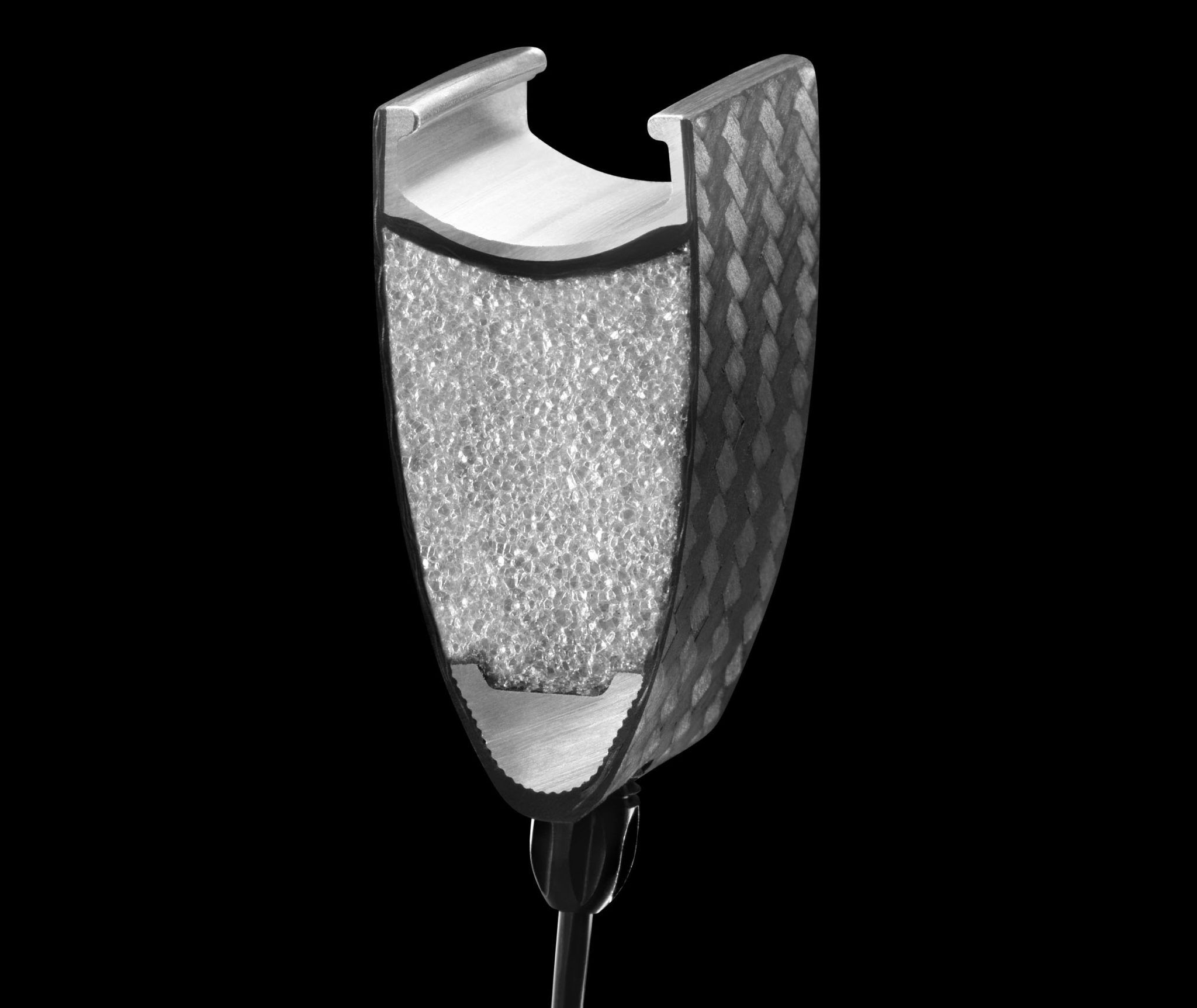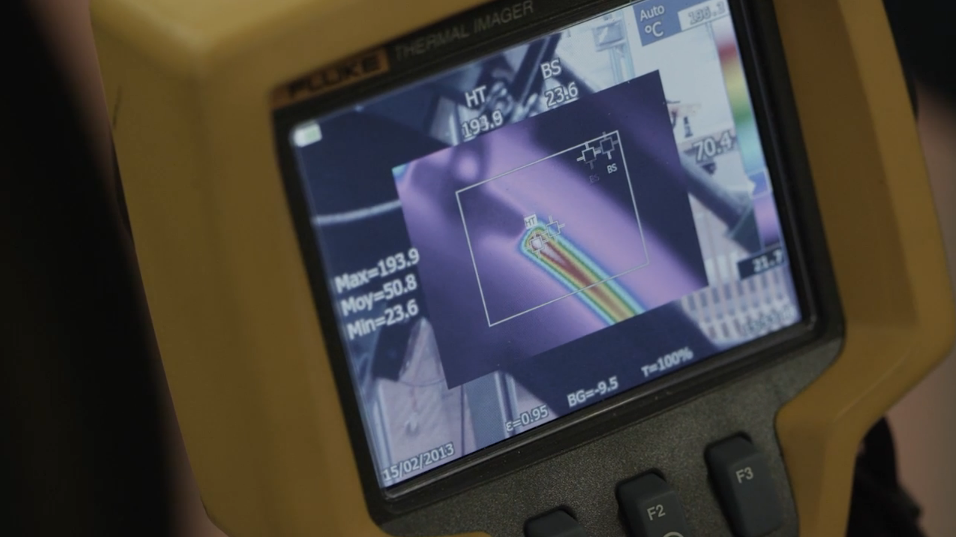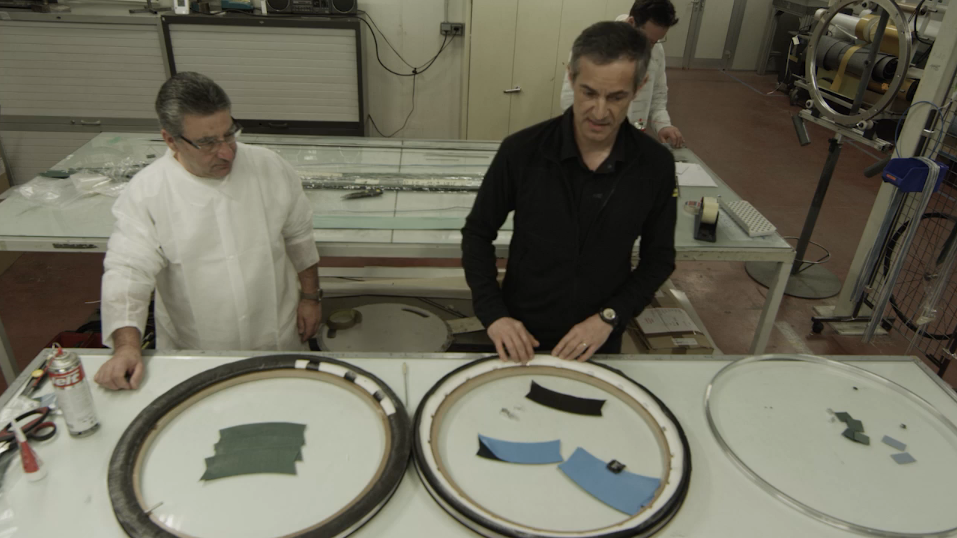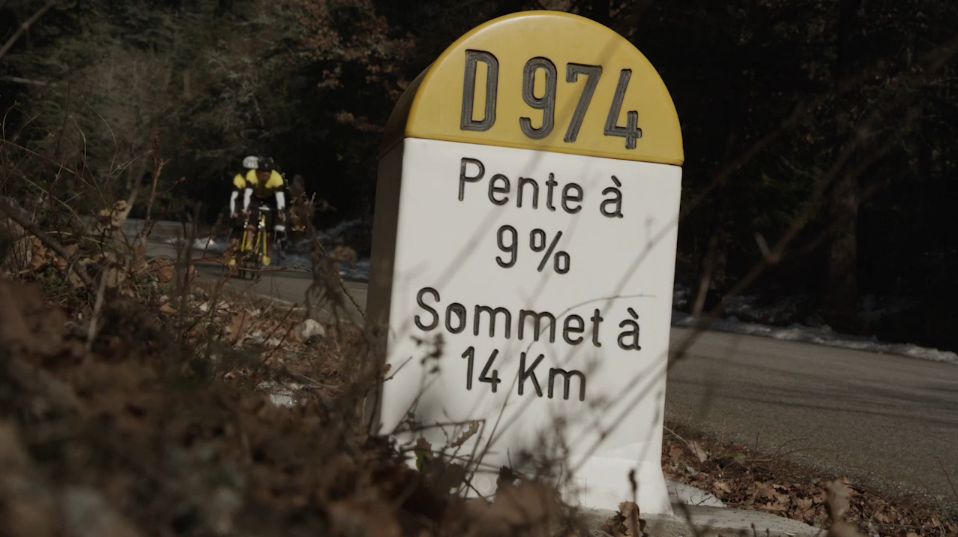Mavic Cosmic Carbone 40C
[two_third]
Mavic Cosmic Carbone 40C
April 2013
Mavic have produced a new carbon clincher: the Cosmic Carbone 40C. While not strictly a full carbon wheelset – it uses a minimalist aluminium bed and spoke inserts – Mavic say the carbon-aluminium hybrid is one of the safest carbon clinchers…
Mavic have been producing wheels for a long time but have taken their time producing a ‘full carbon’ clincher. They do already have a range of aluminium rimmed, carbon wheels but the Cosmic Carbone 40C does away with the heavy aluminium brake track and instead uses a lightweight aluminium bed that is wrapped in carbon.
So why go for a carbon clincher? Carbon tubulars have been with us for a while and if your a serious racer and it’s light weight you’re after, they should be your first port of call. However, with most riders preferring the ease of use of clinchers and with the massive improvement in clincher tyre quality, it makes sense for wheel manufacturers to offer riders the benefit of carbon fibre in a clincher format; the only problem is that clinchers and carbon fibre don’t necessarily go together…
A clincher wheel needs a bead for the tyre to hook onto and this is situated on the same surface that you are using to brake. When braking you are creating very high temperatures, often in excess of 150ºC, and carbon fibre, though great at producing stiff and lightweight structures, is not so good at dissipating heat; certainly not as good as aluminium.
The heat generated during braking, while generally coming in short bursts, can cause the carbon and the resin to degrade. This combined with the pressure from the tyre pressing against the bead can lead to a catastrophic failure.
Note the use of the word “can”; we’re not saying carbon clinchers are death traps, just that under certain conditions, failure is possible. More common are blow outs of the tyre forcing riders to stop before anything worse happens.
Carbon tubulars don’t suffer from the same problem because whilst they experience the same extremes of temperature, the tyre sits on top of the rim, so there is no outwards pressure trying to blow the rim.
So back to Mavic, who have been producing aluminium wheels since the ’30s. Their idea on how to deal with the heat problem was to embed an aluminium hoop in the carbon fibre structure. This way the minimal aluminium tyre bed deals with the heat problem and also resists the pressure from the tyre better.
This is because aluminium is isotropic – uniformaly strong in all directions. Carbon fibre is anisotropic, that is it is strong in one direction, which is why you use multiple plies, laid in different directions.
The aluminum rim also gives the rim some impact resistance and is also better at resisting any possible damage when replacing tyres using levers.
Where the aero spokes enter the carbon body they are held by an aluminium insert that helps spread the load over the inside of the rim, so no extra layers of reinforcing carbon are needed. This also means Mavic don’t need to drill the aluminium bed to access the spokes, negating the need for rim tape.
The two materials are bonded together with a ‘special’ adhesive that allows for the two different expansion rates of the materials, and the carbon has a treatment added to it to aid braking which gives the rims a slightly rough feel and isn’t just a surface treatment, so should last the life of the wheel.
At 1545g without skewers it’s no featherweight, but Mavic claim that weight wasn’t their first concern, rather durability and stregth. Interestingly with a 19mm wide tyre bed the Cosmic Carbone 40C is bucking current aerodynamic trends that use wider cross sections.
Spokes are straight pull, bladed, double butted, 16 on the front and 20 at the rear. Spoke pattern is radial on the front and non-drive side, 2 crossed on the drive side. The hubs have a carbon centre tube with aluminium flanges and sealed bearings.
Prices for the Mavic Cosmic Carbone 40C are €2000, which includes 190g Mavic Yksion Pro tyres, innner tubes, skewers and bags. Watch the video below from Mavic showing the development and thought behind the Cosmic Carbone 40C.
[/two_third]
[one_third_last]
[hdp-ad 8]
[hdp-ad 9]
[hdp-ad 10]
[hdp-ad 11]
[hdp-ad 12]
[hdp-ad 13]
[hdp-ad 14]
[hdp-ad 15]
[/one_third_last]









